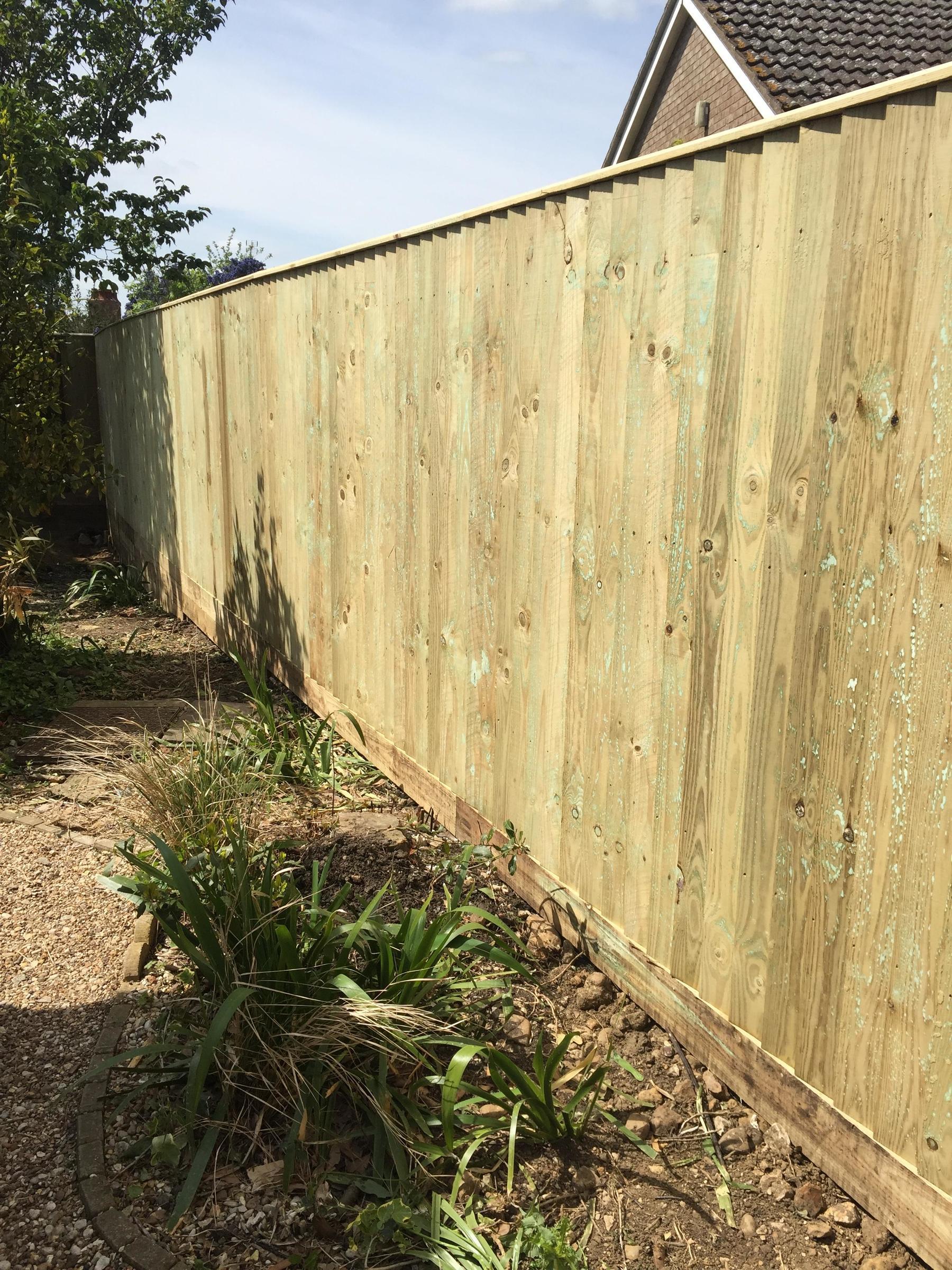We explore how to choose the right fencing for your Garden. MD Fencing & Decking g provide garden fencing installation throughout Milton Keynes and Buckinghamshire. This guide explores the most important factors to consider when choosing the right fence for your garden.
Which Style Of Fence To Pick?
Plenty of fencing suppliers across the UK offer specifically designed boards and fence panels of high quality. Some are more traditional, while others are modern and decorative. Style plays a big role in the appearance and value of your property, but most homeowners also choose fences based on security and privacy needs.
The main types of garden fencing include:
Solid Fencing
Provides maximum security and privacy, reducing noise while creating clear boundaries.
Slatted Fencing
Offers a lighter, stylish look with partial screening, ideal for front gardens or to add character.
Trellis fencing
Allows plants to climb, ensuring light still filters through, creating a perfect decorative fence.
Each type of fence offers different benefits. Taking the time to explore the variety of designs will help you choose the right fence for your garden.
Considerations When Deciding On The Sort Of Fencing
Security
Security is often the most important factor when choosing a garden fence. A taller fence with strong fence posts is harder to climb and can act as a deterrent. Adding a trellis to the top of a 6ft fence can make it more secure while still letting in light.
Privacy
Privacy is crucial in busy areas or overlooked gardens. Solid fence panels or feather edge closeboard fencing are ideal for blocking views. Adding climbing plants can also increase privacy while softening the look of the fence panels.

Safety
For families with children or pets, safety is essential. A strong, well-installed fence ensures little ones remain safely within the back garden. Homeowners with ponds or pools should check regulations to ensure fences are compliant.
Wind & Weather Resistance
In exposed areas, wind can cause damage to weaker fences. Pressure-treated timber or concrete posts provide extra strength and durability, ensuring the fence can withstand harsh conditions long term.
Period Properties & Conservation Areas
If your property is in a conservation area, you must read local guidance before installing fencing. Some councils restrict the height or style of fences, especially in front gardens. Always seek advice before starting work.

Privacy

Safety
Which material is best for my fence?
When choosing the right fence, the material plays a major role in durability, cost, and overall look.
Wood (Timber Fencing): Popular across the UK, available in a wide range of styles and shades. Always opt for pressure-treated timber to resist rot.
Composite Fencing: A modern, low-maintenance option with a variety of colours and finishes. More expensive but long-lasting.
Metal Fencing: Great for security and strength, but less commonly used in gardens.
Decorative Fence Panels: Ideal for those wanting to add style while still creating clear boundaries.
When choosing materials, consider how they will match your home, neighbours’ fences, and existing garden design.

How High Should Fencing Be?
Back garden fences: Usually around 1.8m for maximum privacy.
Front gardens: Limited to 1m in many UK planning regulations.
Always check with your local authority before installing or replacing fences.
Tip: Adding a trellis to the top of a solid fence panel provides additional privacy while allowing light to flow into your garden space.
Design and Style Choices
The right design can completely transform your garden. Consider whether you prefer:
- A slatted fence for a contemporary look.
- A feather edge or closeboard fencing for strength.
- A decorative fence with curved or lattice tops.
Your choice should also match the style of your home and work well with plants and landscaping.
Installation and Fence Posts
Strong fence posts are key to creating a secure, long-lasting fence. Concrete posts offer superior strength, while timber posts provide a natural look. Always ensure they are set deep enough in the ground to withstand wind and weather.
Professional installation can save time and ensure your fence is built to last. Poorly installed fences are more likely to suffer from damage and may need to be replaced sooner.
Cost and Maintenance
The cost of fencing depends on the type of fence, materials, and installation method. While cheaper products may be tempting, a good quality fence is a more cost-effective long-term investment.
- Pressure treated timber helps prevent rot and extends the life of the fence.
- Regular checks for damage, loose posts, or broken panels will help you spot signs early.
- Painting or staining every few years will add colour and protect the wood.
Choosing the Right Fence for Your Garden
When it comes to choosing the right fence, always consider:
- Security and privacy needs.
- The style that suits your home and garden space.
- The materials that will be most durable in your area.
- Your budget, maintenance needs, and long-term durability.
Taking all these factors into account will help you choose the right fence that not only looks great but also provides lasting protection, privacy, and value for your property.
Are you looking for garden fence installation near you? If you require new wooden fencing in Milton Keynes, Buckinghamshire contact us today. Our garden design experts can supply and install beautiful fencing for you and your family to enjoy for years to come.


